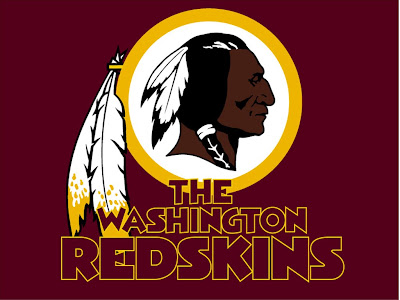
The story of Nipper is rather interesting, involving struggling artist Francis Barraud, and his by-then deceased dog, which had previously belonged to his brother. The painting was originally called “Dog looking at and listening to a Phonograph”; only later would it be dubbed “His Master’s VOICE”. Through a series of transactions, as described here, Nipper became the trademark of the VICTOR Talking Machine Company. The original 1900 trademark is shown below.

Ultimately, the logo was on a wealth of RCA Victor records. RCA Victor put out an 80th anniversary series of albums in 1997. The earliest album represented a period when “Victor was the leading jazz label.” But I associate RCA V with classical music, often played by the RCA Victor Symphony Orchestra. RCA Victor was always a technological pioneer, experimenting with 33 1/3 RPM as far back as 1934, and introducing the 45 RPM in 1949.

When a Long Island photographer recently described a local Nipper as “a big kitschy dog”, I wonder if she knew about REAL kitsch and a REALLY big dog:
From Wikipedia: “A huge, four-ton Nipper can be seen on the roof of the old RTA (former RCA distributor) building on Broadway in Albany, New York.” It is likely the largest extant Nipper in the world, though the Baltimore Nipper DOES include “a gramophone for Nipper to listen to.” More details about Albany’s Nipper, a local landmark that I see every weekday on my way to work, can be found here.
Local musician Greg Haymes, a/k/a Sarge Blotto from the legendary Albany band Blotto, has a blog with Sara Ayers called Nippertown, where they run down the current happenings in and around New York State’s capital city. And guess what appears in the logo?















